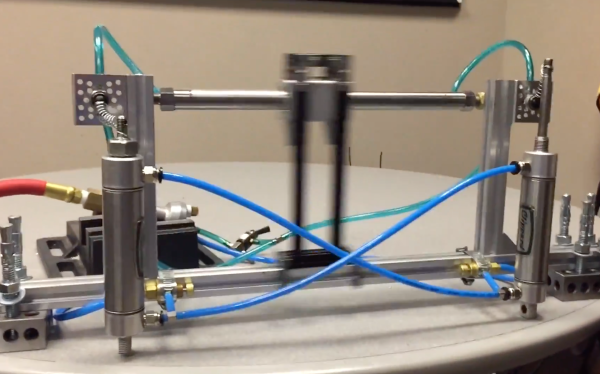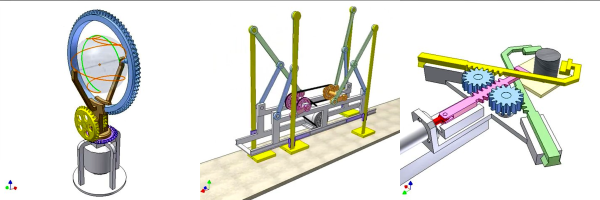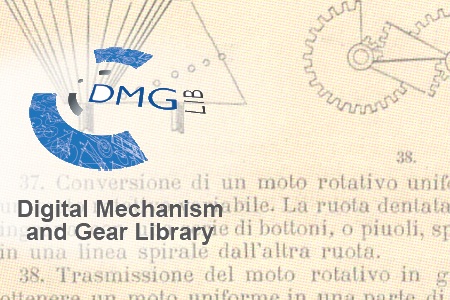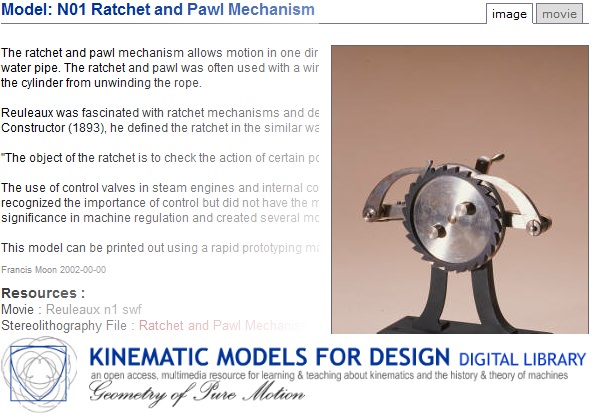[Nguyen Duc Thang]’s epic 2100 Animated Mechanical Mechanisms is one of the best YouTube channels we’ve ever seen. A retired mechanical engineer, [Nguyen Duc Thang] has taken on an immense challenge: building up 3D models of nearly every imaginable mechanism in Autodesk Inventor, and animating them for your amusement and enlightenment. And, no, we haven’t watched them all for you, but we’re confident that you’ll be able to waste at least a couple of hours without our help.
If you’re actually looking for something specific, with this many mechanisms demonstrated, YouTube is not the perfect lookup table. Thankfully, [Nguyen Duc Thang] has also produced a few hundred pages of documentation (PDFs, zipped) to go along with the series, with each mechanism classified, described, and linked to the video.
This is an amazing resource as it stands, and it’s probably a good thing that we don’t have access to the 3D files; between the filament cost and the time spent shepherding our 3D printer through 2,100 mechanisms, we’d be ruined. Good thing we don’t know about the Digital Mechanism and Gear Library or KMODDL.
Thanks [alnwlsn] for the tip!
Continue reading “2,100 Mechanical Mechanisms” →














